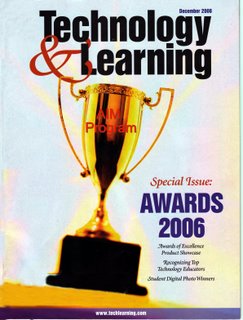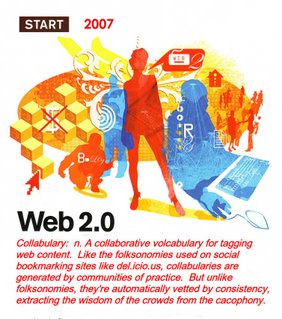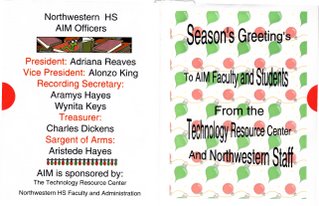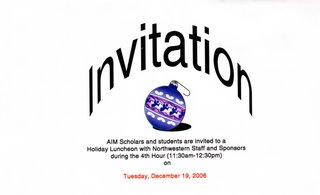Podcasting 101-How Educators Can Use This New Technology
Podcasting 101 -- How Educators Can Use This New Technology
Mike Dionne
How can I create enthusiasm that is contagious? How can I integrate technology into my curriculum? What kinds of enrichment activities are available and affordable? How do I get parents involved?
These are all good questions that we as educators ask ourselves every day. We never stop trying to find the holy grail of education that will ‘do it all.’ I have discovered an activity that comes close. You have probably heard of it already – it’s called “podcasting”. Podcasts are affordable, they’re easy to do, they enhance any curriculum, and you already have the equipment to start. All you need is guidance and creativity.
Here’s an easy definition: Podcasting, a portmanteau of Apple's "iPod" and "broadcasting", is a method of publishing audio files to the Internet, allowing users to subscribe to a feed and receive new files automatically by subscription, usually at no cost. For a detailed explanation, I suggest you visit the Wikipedia.org entry for “Podcast.”
Now, for all of us non-geeks, podcasting is a short radio-style show that you produce and make available via the Internet, using a simple computer and inexpensive microphone. Once the show is put on the Internet, anyone can listen to it. What makes a podcast so different from anything else on the Internet is the ability through software to subscribe to the show. This means that once you find something you want to subscribe to, your computer will continue to automatically update you with new shows as they are produced.
There are several kinds of software, technically called aggregators, that enables you to subscribe. One of the more popular aggregators, is iTunes – the same wildly-successful music program that made Apple Computer once again a major player. It is free to download at “Download iTunes 6.” If you complete a search on the term podcast you will find several directories that list podcasts. Here are just a few: Podcastingnews, Podcastdirectory, Podcastalley, and Odeo.
Once you’ve listened to a few podcasts and get the feel for how they can be used in your class, it’s time to get creative. Ask yourself these questions. What will my show theme and title be? How will my students contribute? Will they work in groups or individually? How long will each show be?
The theme can be anything, including: classroom news, storytelling, daily school announcements, interviews with students, teachers, parents, community leaders, etc. The theme can relate to just about any classroom activity. Students can create the show’s musical intro or vocal lead in. They can create the outline and scripts and record it on the computer. Students can work in teams or individually. The shows can be from 3-5 or 10-20 minutes long. The teacher can guide the students on each of these choices.
After all of this you are now ready to formulate your plan of attack. Creating lesson plans and outlines for students is the best approach. Outlines for a podcast could include an information sheet with fill-in-the-blanks for students to enter their show name, topics, guests, and sounds effects or music used. Another outline you could use would be the show notes page for the Internet. Give your students time to listen to several podcasts. The easiest way to find podcasts done by other students is to search for them on the Internet. This will help them get the feel for the style and expectations of quality needed to produce a show. Have them complete the outlines you have created and you are ready to have them record. This is the really fun part for everyone. Students will get excited once they put on the headphones and sit in front of the microphone. They will feel like a celebrity. Suddenly everyone will want to do it!
With audio files in hand and show notes complete you are ready to upload these files to the Internet. The only thing left to do is to create the file that allows people to subscribe. This file is known as an RSS feed file. RSS stands for Really Simple Syndication. Software is available to help you create your RSS feed file, which is then uploaded to the Internet as well.
Finally you are ready to advertise to your students’ parents where they can go on the Internet to listen to their sons or daughters. You will gain an immediate audience that is sure to keep coming back!
You may find complete detailed information about the software and outlines used for podcasting in education by emailing Mike Dionne. Edukast.com is the producer of “The GeekPodSquad” and “PSUCast” podcasts for teachers. You can listen to each of these podcasts at EduKast. A CD (Podcast Disk) is available that will walk you through each step of the process of producing and publishing a podcast in your classroom. Edukast also offers a service to create and host your school podcasts. Send your request to Mike.
See Ya Podside!













